In this video, we explore a new 3D reconstruction method – SPARC3D – and discuss what makes it stand out, along with its potential impact on asset creation and 3D workflows. (No sponsorships: this content is just for your benefit).
👉 https://lizhihao6.github.io/Sparc3D/ – Sparc3D – Sparse Representation and Construction for High-Resolution 3D Shapes Modeling by Nanyang Technological University. This method offers a robust alternative to traditional photogrammetry by generating detailed 3D meshes from a single input image.
👉 https://huggingface.co/spaces/ilcve21/Sparc3D – live demo
👉 Tencent’s Hunyuan 3D 2.1 (open source) alternative
—
What is Sparc3D? A Diffusion-based 3D Mesh Generator from a Single Image
Developed by Nanyang Technological University, Sparc is a new algorithm that builds 3D meshes from just A SINGLE IMAGE! It’s a significant leap beyond anything we’ve had before.
While traditional photogrammetry captures real-world objects using multiple photos to create detailed 3D models (something we dive deep into in our Creative Shrimp Photogrammetry Course), Sparc takes a different approach. This new tech can handle complex inputs – open surfaces, intricate geometry – all from one photo, powered by the latest in diffusion models. It’s pretty wild.
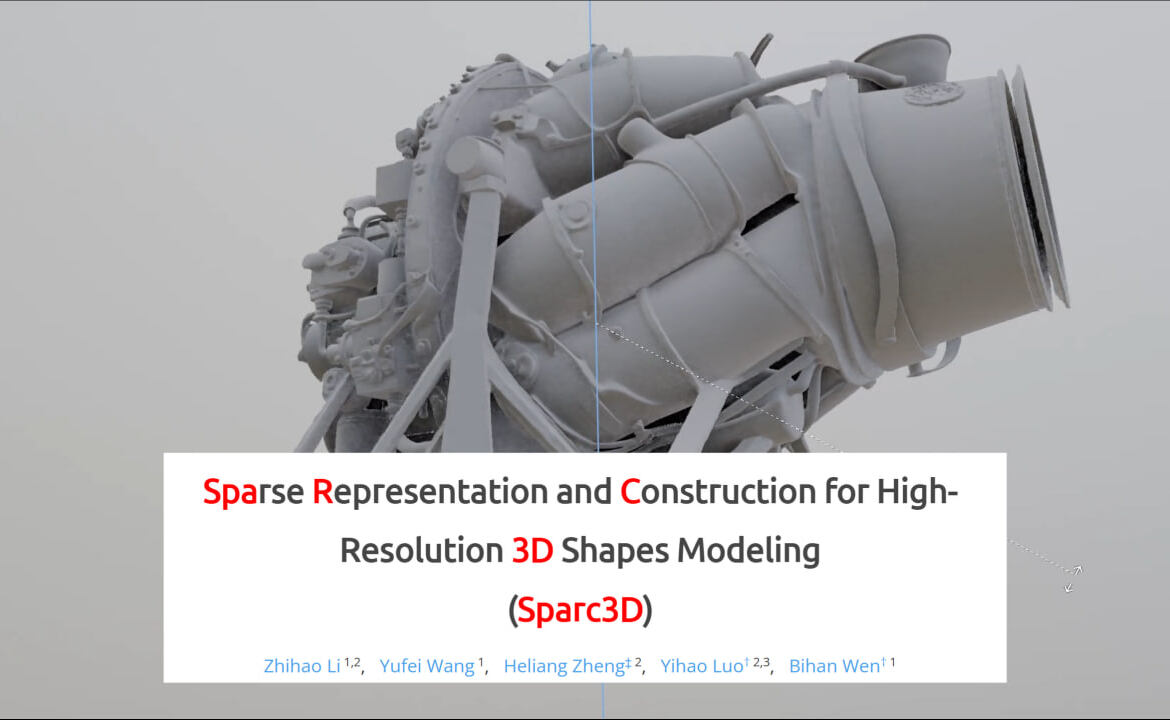
This technology has serious potential to shake up our industry. I don’t particularly like the word “disrupt”, as it’s overused in all sorts of silly contexts. But it feels disruptive.
Just browse through that comment section (1100+ comments, my god!), and you’ll see what I mean.
Now, let’s see what it means for us all.
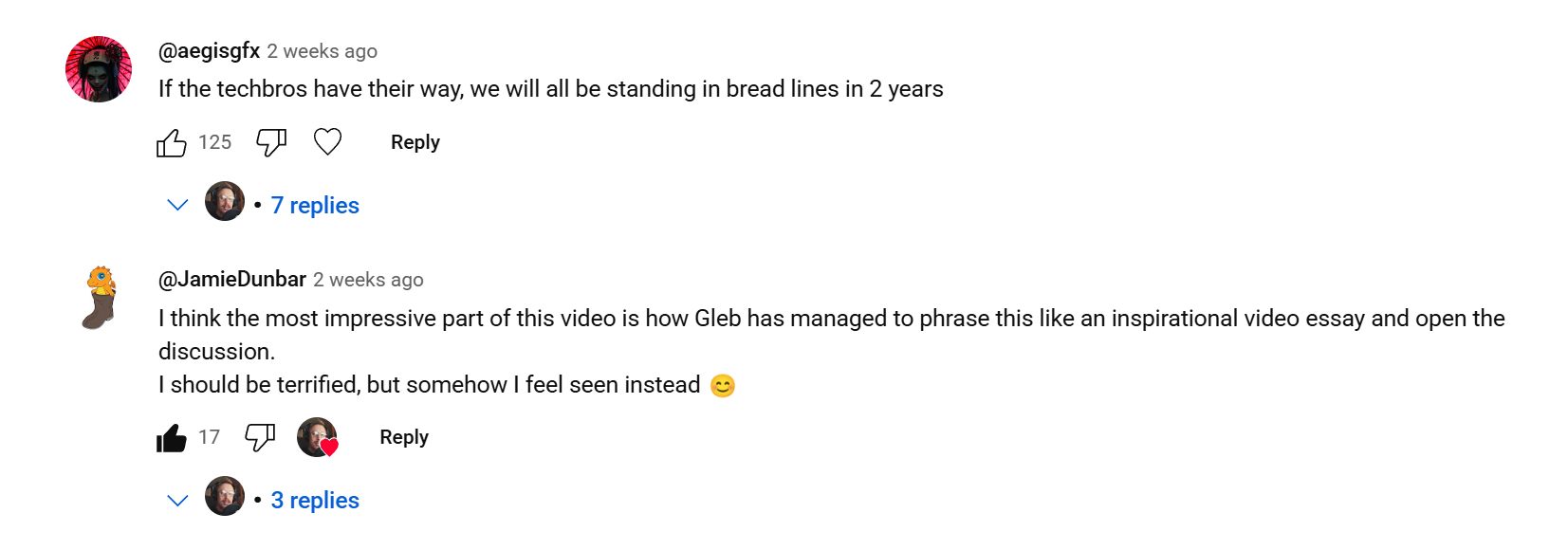
—
How to Use the SPARC3D Demo
There’s a public demo online right now.
For how long? Who knows – on the one hand the authors said something about making it open-source upon receiving all permissions, but you can never rule out a sudden sale to a commercial company.
How to use SPARC demo?
- upload an image,
- hit “generate”
- and after a short wait (the queue is starting to get longer though, haha!),
- you get a full 3D model.
If you don’t get a full 3D model, then it’s most likely the fault of the source image. Try again, with a different one.
—
Use Cases: Game Assets, AI Art to 3D Props, and More
So, what’ll be the most popular use case (popular as in pop songs)? I’m betting on this: turning AI-generated images (from MidJourney, ChatGPT, Stable Diffusion, Rundiffusion etc.) directly into 3D props and assets. Not that we endorse that – but let’s be FRANK, it’s the first thing that comes to mind and I can already hear the sloshing of AI slop (with occasional amber) crashing onto our shores. I’m bad at metaphors though.
And before you asked – I’m writing this article mostly in an old-school way, with just Aidy GPT being my only helper.

What is so new and revolutionary about Sparc?
Well, it does something crazy: it fills in the blanks. The underside, hidden geometry – whatever’s missing from your single image. This workflow makes mass production of 3D assets remarkably feasible, compared to an older-school photogrammetry (where abundance of input images has always been necessary, to avoid gaps and general geometry syphilis).
—
Limitations of SPARC3D (And What Needs Improvement)
Is the resulting model a mess? Yeah – it’s not fully production-ready (yet). You still get dense meshes, no real topology flow, no textures (in Sparc3D at least – some other tools can do textures). It’s still a pain in the back to do retopo. It’ll probably take a few more research papers to change that.
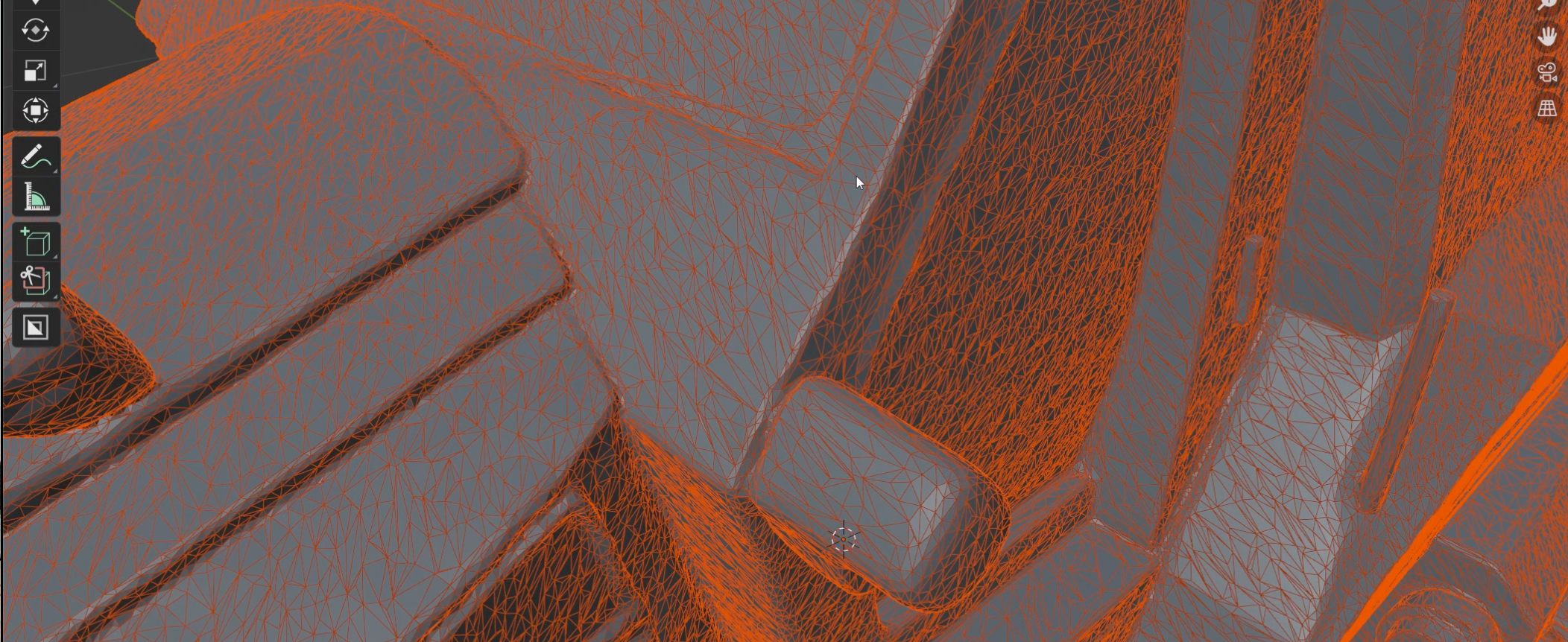
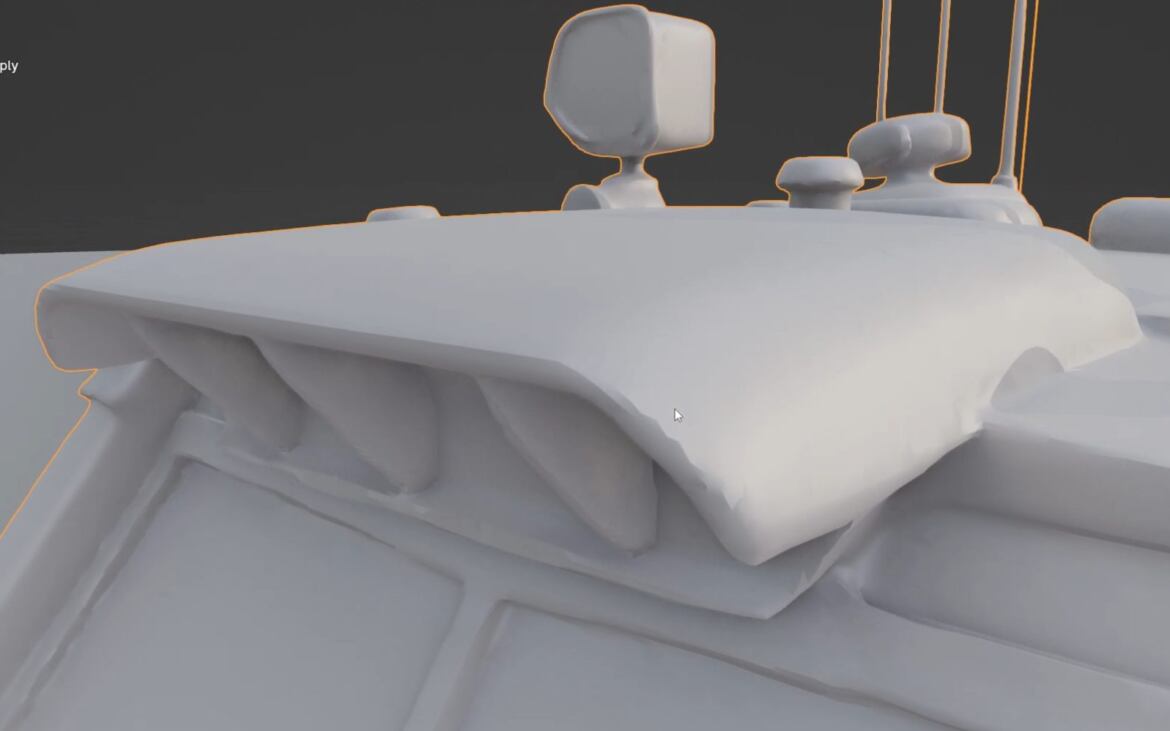
But nevertheless, the surface quality is a generation ahead. Flat surfaces are actually mostly flat now. The connections are smoother, more coherent. The geometry actually doesn’t look that bad (I’m surprised to say that).
What sets Sparc apart from traditional photogrammetry, where meticulous coverage is key, is its ability to infer geometry on the hidden side of an object. It even tackles thin, intricate parts surprisingly well –something previous 3d reconstruction tools always struggled with.
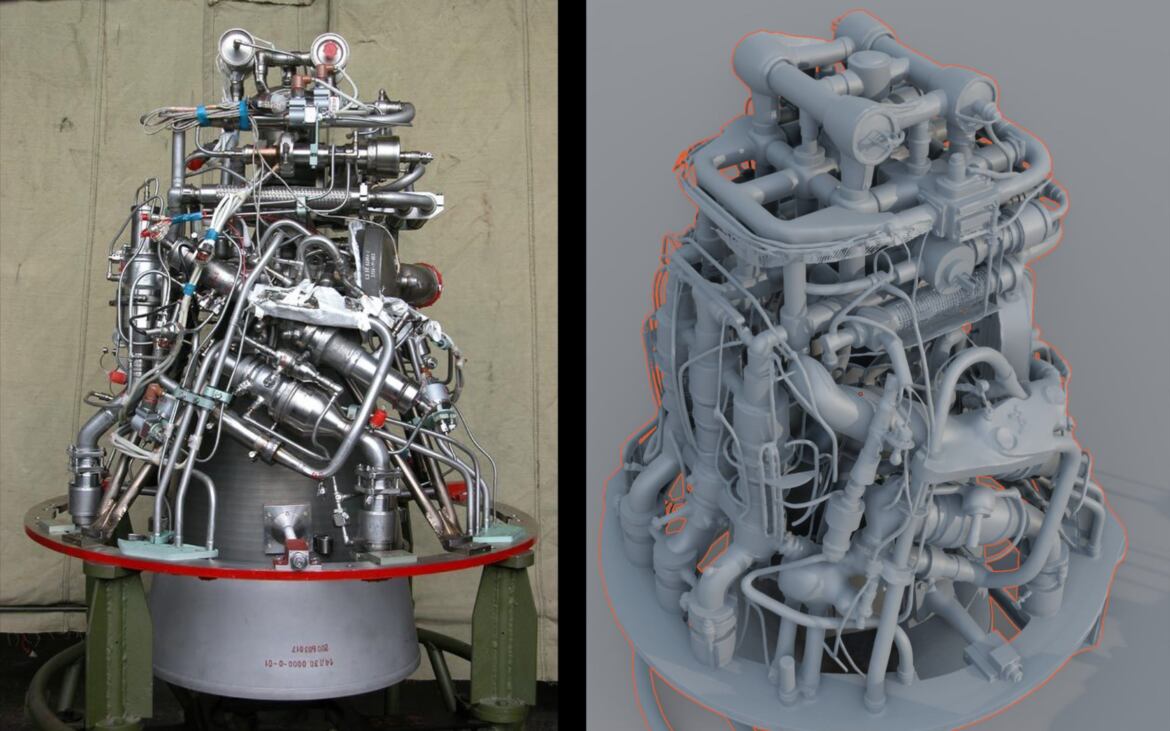
To be fair, gaussian splatting solved thin and furry stuff to *some* extent, but this is a step forward (and it outputs good old polygons, unlike gaussian splatting).
—
The ‘Traditional’ Photoscan Apps Will Have to Upgrade Their Tech
I’m dying to see what Reality Scan’s (aka Reality Capture’s) response will be. I bet the devs are already speedrunning the ways to integrate a tech like this into their app – which is one of the best already, and just waits for that extra push. Gosh, I can only imagine the power it’ll give to the tech that was somewhat overdependent on physical world constraints (objects that are often impossible to shoot from all sides, or cars covered in birds’ excrements making it difficult to scan).
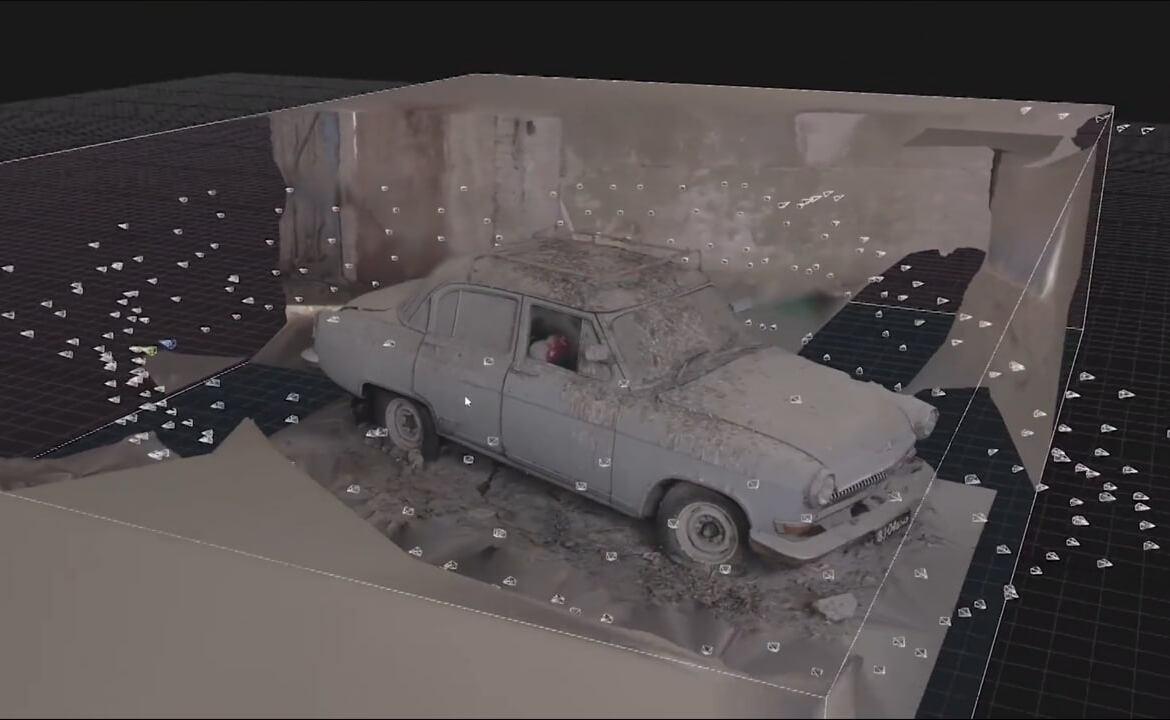
And how would it interplay with the latest advances in triangle splatting, 3d gaussian splatting and more – another tech is becoming mainstream really quickly?
—
The AI Slop Wave Incoming?
This blend of increased speed and quality of this new diffusion-based method makes it clear (to me) we’re heading for an avalanche of AI slop. Soon we’ll see a lot more models that are good enough, mass-produced and flooding the market. Like a viewer of our original video pointed out: the future will be good enough.
Putting aside the massive issue of the environment for a moment, this raises big questions about copyright, too, and how marketplaces like Sketchfab will handle it. Remember that user who uploaded 38,000 AI assets to Fab?
We’ll see more of that.
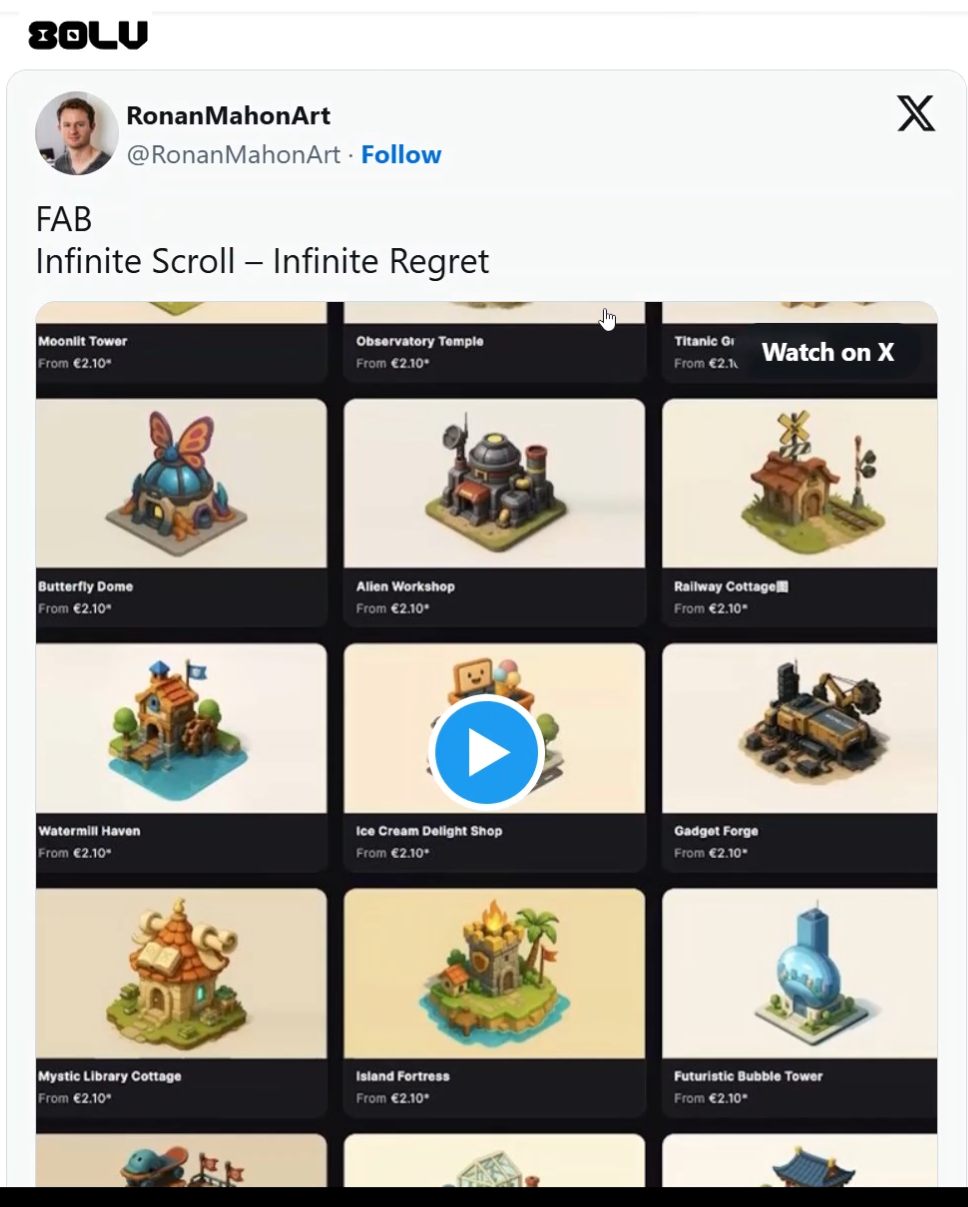
—
Blender’s Role: The Hub
So what is Blender‘s role in all that? With a huge influx of new 3D props (if and when it happens), Blender effectively becomes the hub – the central point where all elements are assembled and made sense of.
As we’ve mentioned, the Sparc-generated assets are similar to photogrammetry exported assets: messy, dense, high-poly. These will have to be prepared for exporting to Unreal Engine, Unity, Godot or other game engines, or just for using it within Blender for scene creation. From this perspective, very little will change for 3d artists… just yet.
Your skills remain valuable, YOU remain valuable and this will likely continue…
for some time.
—
If you’re looking to take these high-poly, often messy assets and optimize them for games or other production pipelines, our Game Asset Creation Course focuses specifically on retopology, optimization, UV maps and efficient asset preparation.
Just mentioning.
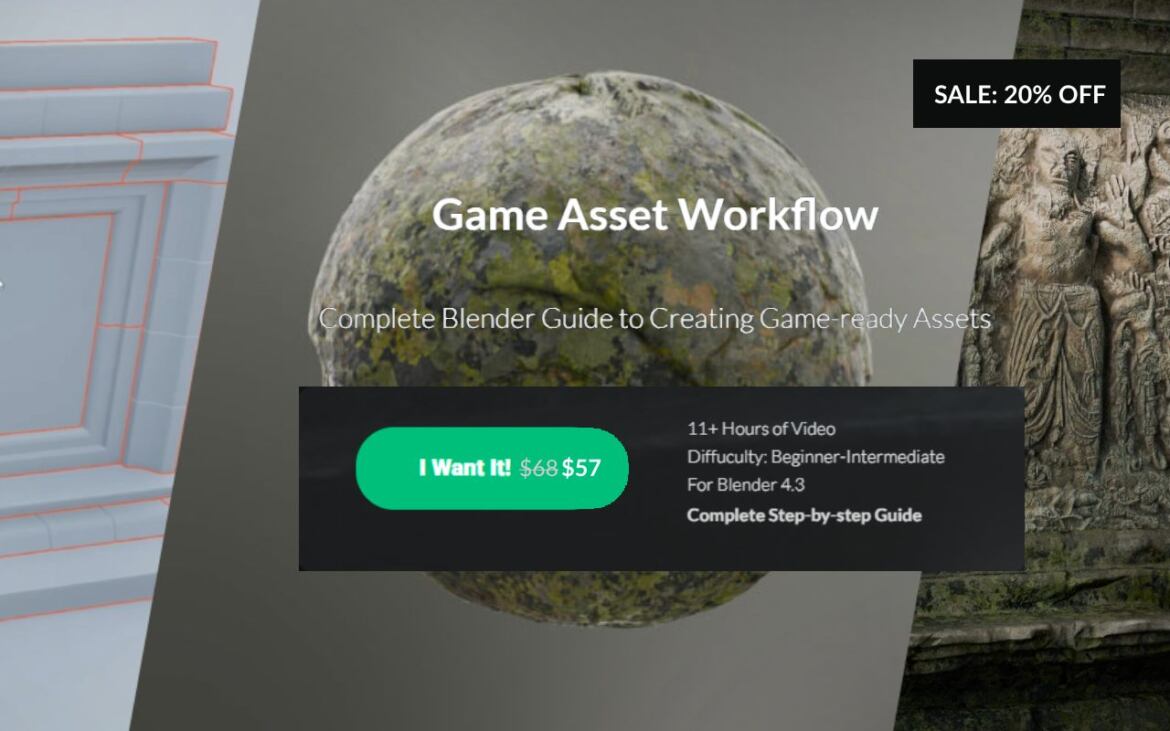
—
Creativity vs Complacency
This new accessibility that AI-driven tools bring to life is pretty exciting – and as many of you pointed out in the comments to our video, pretty disturbing as well. If you have an image – whether your own creation or something found online, or (god forbid), ai-generated – you are now significantly closer to realizing that thing in 3D.
From there, the possibilities to build your own worlds and tell your own stories are immense.
However, as Aidy pointed out when proof-reading this article: fast and easy does not always equate to better or more meaningful. Like processed fast food, that’s usually an easy option but still best used with caution. AI should probably serve as a tool to augment our creativity, not diminish the artistic skills that make our work distinctive. Think atrophied creative muscles.
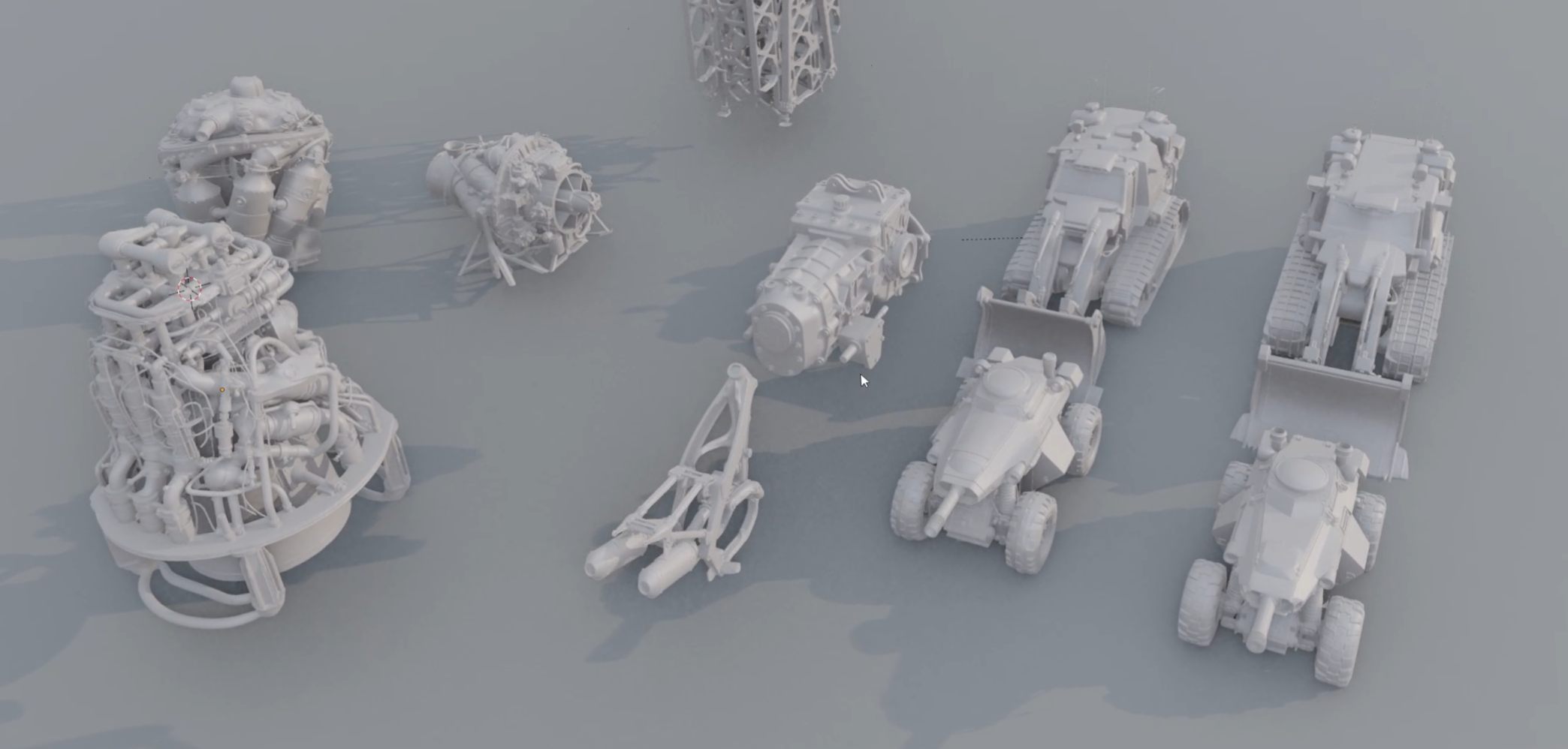
The tech like SPARC will spark (ahem) new workflows and a lot of questions: Where does it fit? Kitbashing? Concept art? What about automatic retopo, for heaven’s sake? Expect tools like ZBrush’s ZRemesher or Quad Remesher to become even more valuable, as clean topology could be in higher demand than ever.
But why, oh why, AI-based automatic retopology isn’t a thing yet.
Also, will Blender cement its role as the hub where such content is being assembled?
—
So many questions!
So, what do YOU think? Do you feel threatened, or see this as an opportunity to level up your workflow? Let us know on Discord!
That’s it from us, Gleb Alexandrov and Aidy Burrows at Creative Shrimp, keeping you updated on the latest in computer graphics.
—
Links
https://lizhihao6.github.io/Sparc3D/ – Sparc3D
https://huggingface.co/spaces/ilcve21/Sparc3D – live demo
Tencent’s Hunyuan 3D 2.1 (open source) alternative
TrueDepth add-on for Blender – tutorial
Dr. Károly Zsolnai-Fehér – Two Minute Papers channel
—
Photogrammetry Course: Photoreal 3D With Blender And Reality Capture 🦐
—
Are We Screwed? The original Youtube video
PixelReconstruct Youtube channel – gaussian splatting and more


